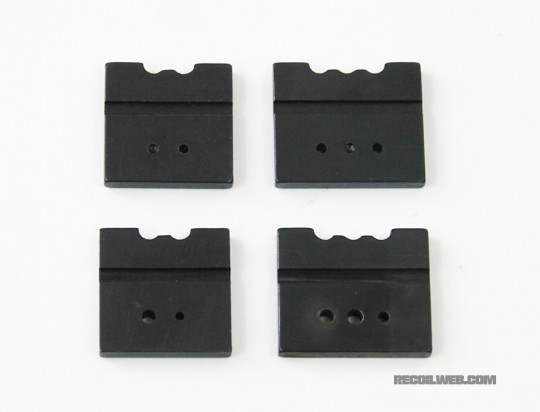A search of the forum didn't return any threads dealing with this particular problem. I may have used sub-optimal search terms.
I have an AR-15 and an AR-10 (260 Rem) that function correctly without the suppressor attached.
Both fail to cycle completely when the suppressor is attached. That is, the bolts do not lock back on an empty magazine. I was single-loading, so I can't say if the bolt cycled enough to pick up the next round, but I suspect it does not.
Zak at TBAC suggested trying a new magazine in the AR-15 on the theory that the bolt was cycling too fast and a weak mag spring might not raise the follower quickly enough. I have not made that test, yet.
The magazine for the AR-10 is a new Armalite 10-round mag, so I am assuming the spring is in good shape.
There is no indication of a baffle strike. For instance, the AR-10 put 5 rounds into 1 inch at 200 yards.
Has anyone heard of, or experienced, this problem and found a fix?
Thank you,
Richard
I have an AR-15 and an AR-10 (260 Rem) that function correctly without the suppressor attached.
Both fail to cycle completely when the suppressor is attached. That is, the bolts do not lock back on an empty magazine. I was single-loading, so I can't say if the bolt cycled enough to pick up the next round, but I suspect it does not.
Zak at TBAC suggested trying a new magazine in the AR-15 on the theory that the bolt was cycling too fast and a weak mag spring might not raise the follower quickly enough. I have not made that test, yet.
The magazine for the AR-10 is a new Armalite 10-round mag, so I am assuming the spring is in good shape.
There is no indication of a baffle strike. For instance, the AR-10 put 5 rounds into 1 inch at 200 yards.
Has anyone heard of, or experienced, this problem and found a fix?
Thank you,
Richard





